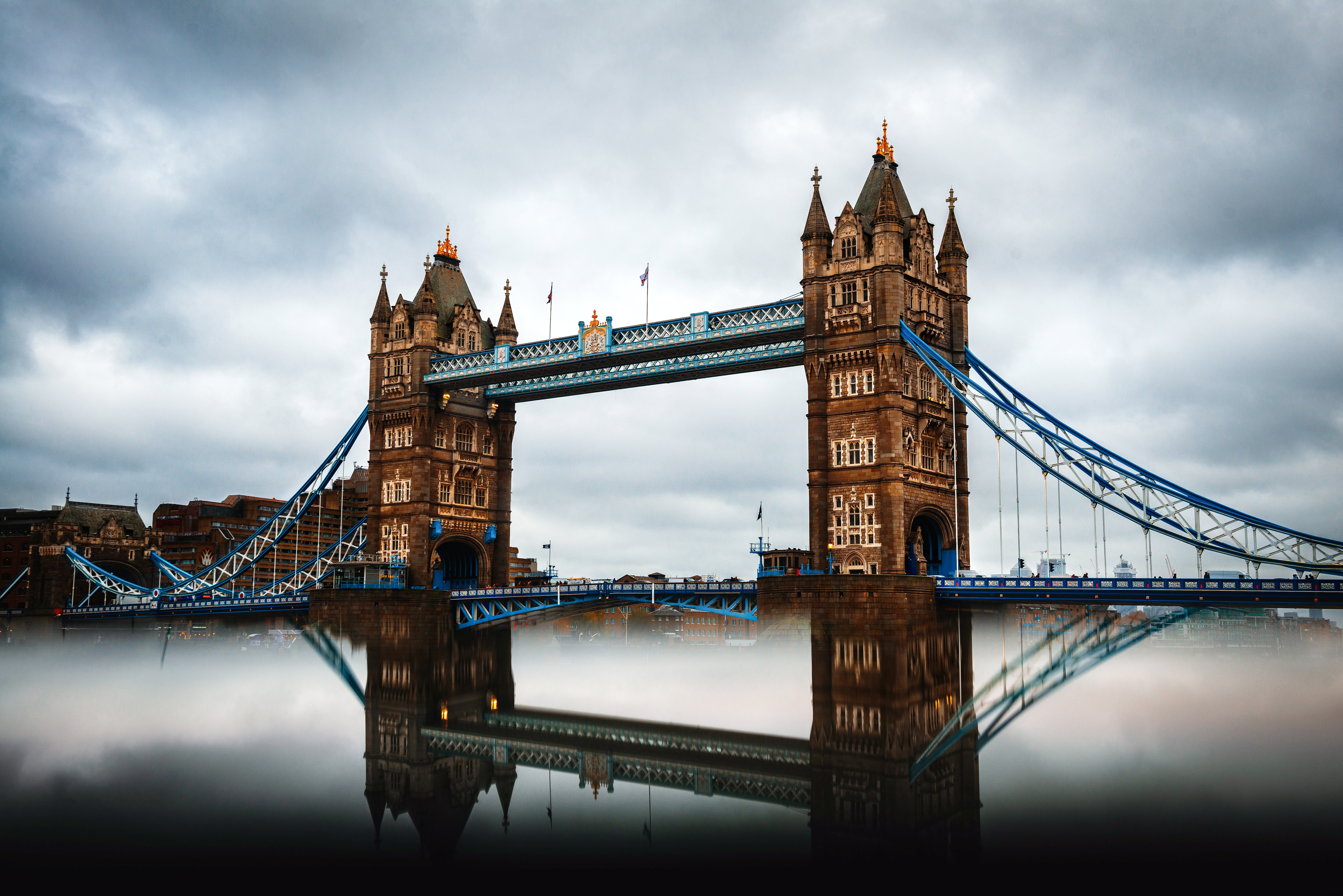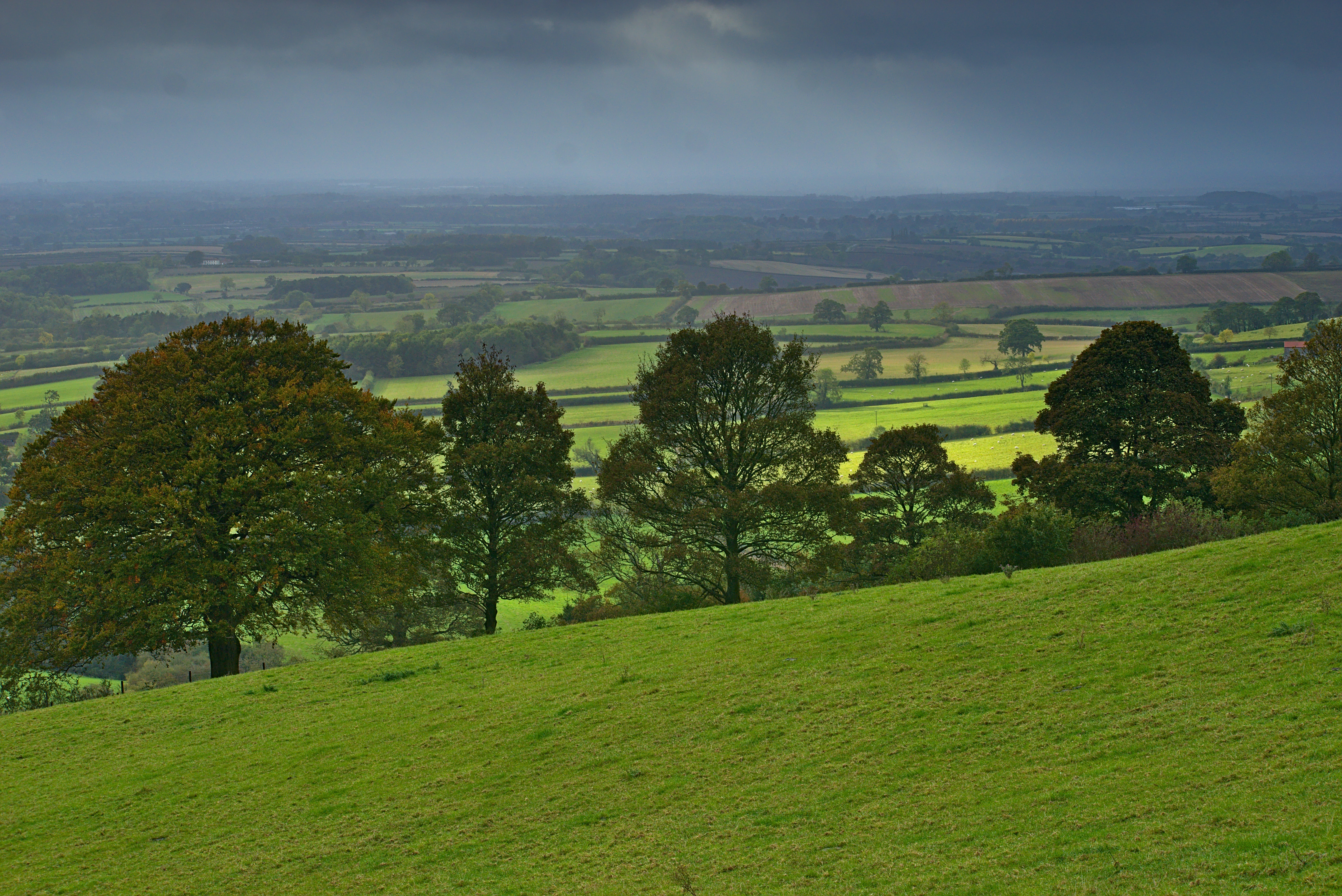Venue & Hospitality
City Highlights
About City
London is the capital and largest city of England and the United Kingdom. The City of London, London's ancient core and financial centre—an area of just 1.12 square miles (2.9 km2) and colloquially known as the Square Mile—retains boundaries that closely follow its medieval limits. The adjacent City of Westminster has for centuries been the location of much of the national government. The London familiar to international visitors is a much smaller place than that. Tourist traffic concentrates on an area defined by the main attractions, each drawing between one and seven million visitors in the course of the year: Buckingham Palace, the British Museum, the National Gallery, Westminster Abbey, Madame Tussaud’s waxwork collection, the Tower of London, the three great South Kensington museums (Natural History, Science, and Victoria and Albert), and the Tate galleries. Modern London has the equable climate of South East England, with mild winters and temperate summers. The average daytime air temperature is 52 °F (11 °C), with 42 °F (5.5 °C) in January and 65 °F (18 °C) in July. London's universities form the largest concentration of higher education institutes in Europe, and London is home to highly ranked institutions such as Imperial College London in natural and applied sciences, the London School of Economics in social sciences, as well as the comprehensive University College London.
Venue




